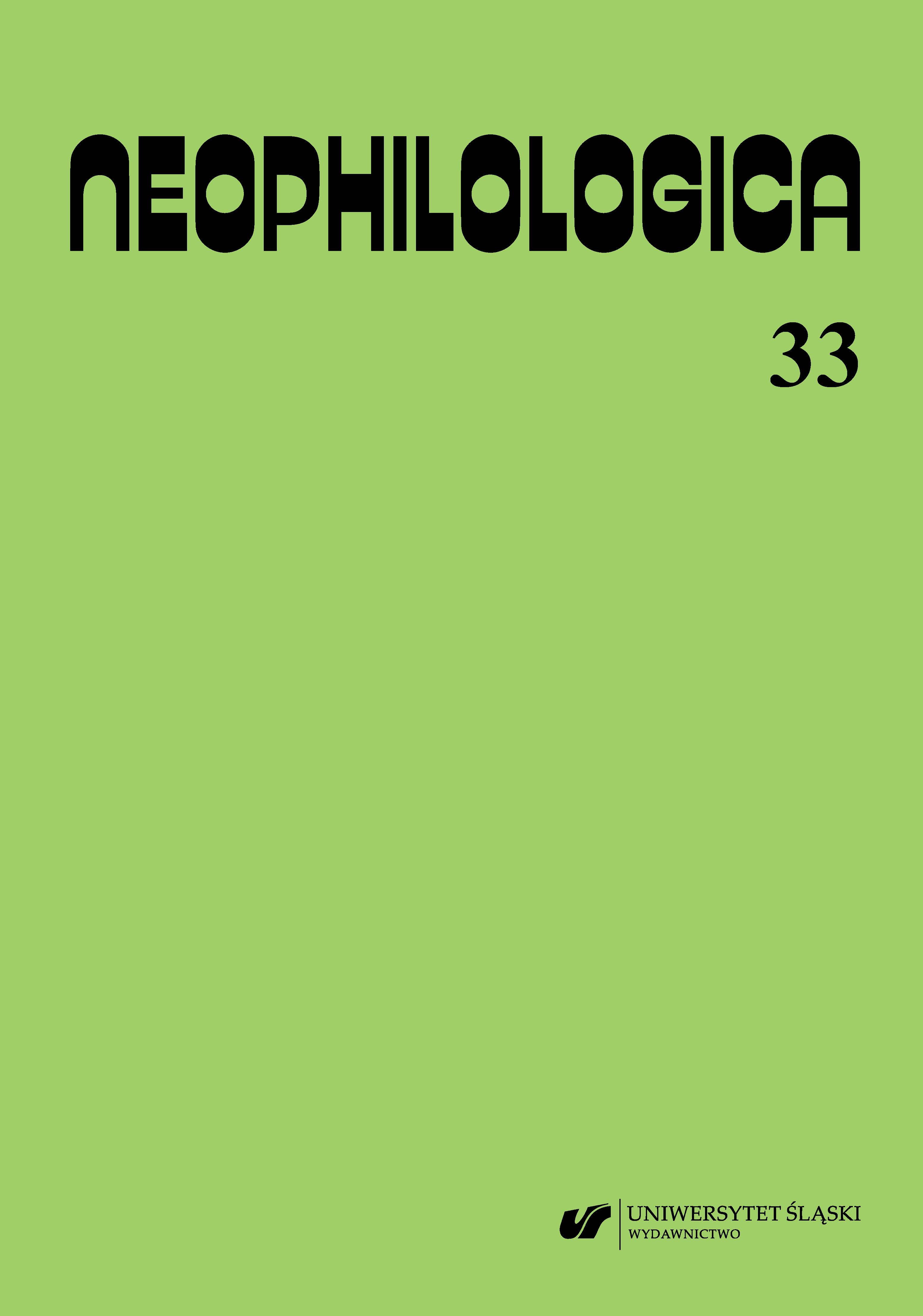Coronajerga, covidioma, coronalengua: acerca de los cambios lingüísticos en tiempos de la pandemia
Coronajerga, covidioma, coronalengua: language changes in times of the pandemic
Author(s): Agnieszka GwiazdowskaSubject(s): Language and Literature Studies
Published by: Wydawnictwo Uniwersytetu Śląskiego
Keywords: Neologisms; linguistic analysis; word formation; semantic change; coronavirus;Covid-19;
Summary/Abstract: The aim of this paper is to present how the worldwide COVID-19 pandemic has changed our language and the way we communicate. The article focuses on the recent Spanish neologisms that have appeared during the pandemic year 2020 and attempts to analyze their word-formation process. The theoretical framework of this study is based on the classification of neologisms proposed by M.T. Cabré Castellví (2006). Firstly, the paper highlights semantic innovations, that is, neologisms which are formed through broadening, narrowing or change of the meaning of the base form. Secondly, different types of word formation mechanisms, such as affixations, compounding, conversion or shortening are discussed. The paper also gives new insights into the most creative ways that vocabulary related to coronavirus (COVID-19) has expanded (lexical borrowing, wordplay). The data were collected from articles, books, dictionaries, social media and various websites.
Journal: Neophilologica
- Issue Year: 2021
- Issue No: 33
- Page Range: 1-26
- Page Count: 26
- Language: Spanish

